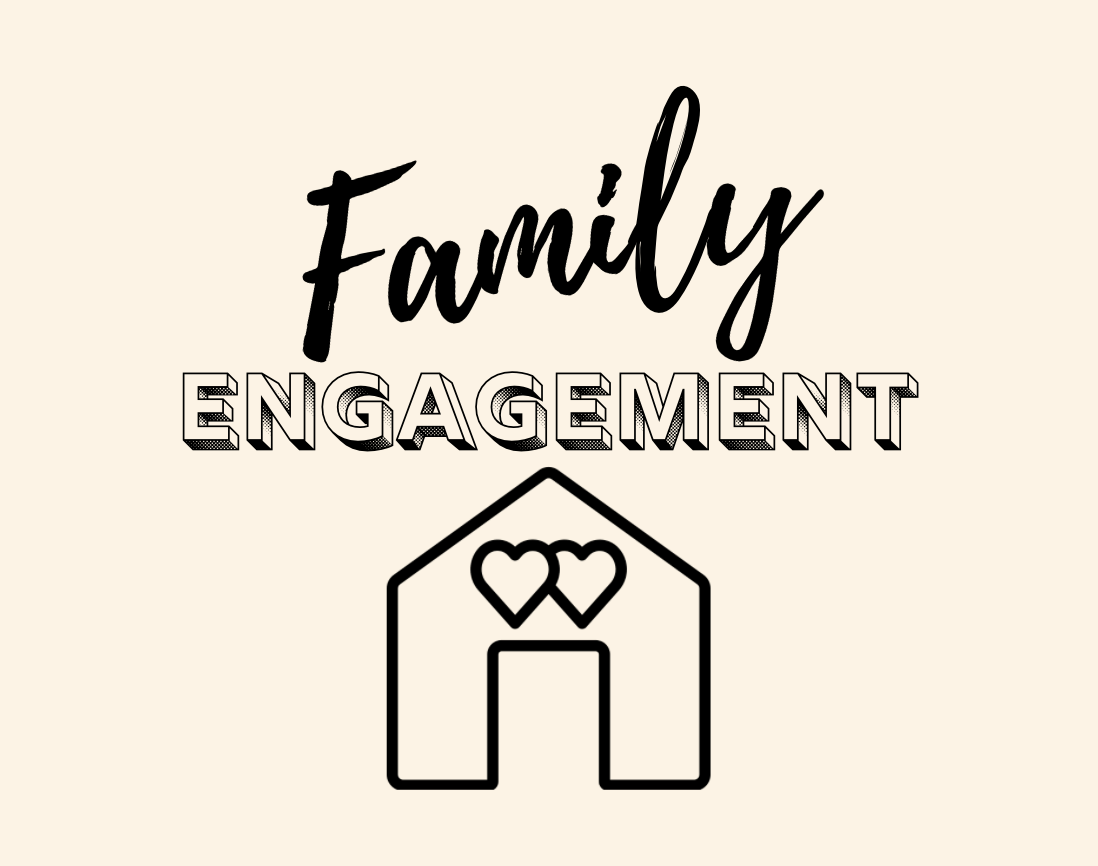Family Engagement

by Briana Blackshear
Family engagement, while seemingly straightforward, can have an enormous impact on students, families, and schools. Strong partnerships with families are proven to boost academic and behavioral success in students. Positive interactions and relationships help shape the culture of the classroom and school environment. Any individual involved in supporting a child throughout their educational process should build connections with that child and their family. Establishing these systems of support really does require a village.
Establishing Relationships: The First Step in Family Engagement
Strong, trusting relationships are the cornerstone of effective family engagement. Relationship-building begins before the student even takes their seat in their classroom. Initial contact with families should occur prior to the start of the school year, if possible, or when school begins. As a school staff member, use this initial contact to:
- Introduce yourself, your job title, your role and responsibilities at the school and with the child.
- Be positive and enthusiastic.
- Ask questions. Get to know the parent, the family, and their hopes and dreams for their child. Give the family a chance to express thoughts or concerns, and welcome their input on any school-related ideas or initiatives.
- Keep the conversation light; don’t use this initial interaction to share your concerns for the child’s academics or behavior.
A parent’s first connection with a school staff member should always be positive. This will set the tone for a strong, trusting relationship for the remainder of the school year.
Welcoming Families Into the School
When families enter a school building, it should feel inviting. Strong family engagement helps families feel valued and appreciated as partners at the school. While navigating school safety protocols, especially during the pandemic, use your creativity to welcome families to the school by:
- Greeting parents upon arrival and making a point of learning and utilizing their names.
- Creating opportunities for families to be present in the building, beyond just for meetings and parent teacher conferences.
- Striving for an open-door policy. This encourages families to visit by choice.
- Maintaining a two-way flow of information. Often communication with families is one-way only: the school relays information to families. Family engagement involves actively seeking and embracing families’ perspectives and opinions.
Addressing Barriers to Family Engagement
A primary goal of family engagement is to focus on the family’s strengths and always encourage self-empowerment. However, doing so often requires learning about and addressing any barriers preventing families from fully engaging. Barriers can range from language, transportation, physical health, work, and scheduling:
- Language barriers: Make sure there is someone present in the building that can assist, look for translator agencies in the community, or allow the parent to bring in a trusted family member or friend to help bridge the language gap.
- Transportation: Offer to assist families with getting to the school. Check your school policies about staff members transporting students and families. Offer vouchers or bus passes to help families access public transportation, if it exists.
- Scheduling: Always be mindful of parent/caregivers’ schedules and be as flexible as possible. You may need to meet with them prior to the start of the school day or in the evening if a parent is willing do your best to accommodate them. Virtual meetings are an option, utilizing one of the many well-known platforms.
- Home Visits: Offer to visit the family at their home. Ensure that you follow your school’s safety protocols, and conduct home visits with a colleague whenever possible. You can even meet at a public park or restaurant that has been deemed a mutual place by all parties involved. This can help staff and family members feel more comfortable.
- Communication: Remain easily accessible with various methods of communication. Always contact and communicate with families utilizing the method they feel most comfortable with. Offer a range of options, including phone calls, text messages, email, social media messenger, classroom app or mail/letter.
Strong Family-School Relationships Lead to Student Success
With planning and dedication, developing strong family relationships is a mutually beneficial process that makes a huge difference in student outcomes. Remember to begin early and start off positive. While everyone should be connected to the child and family, having a specific point person avoids overwhelming the family and communicating the same information twice. The school should always be inviting, encourage parents to come in just because, not only for specific reasons. Maintain the communication throughout the course of the year using the methods they prefer. Meet parents in locations and at times that are most comfortable or convenient for them. Always address problematic areas that can impact their level of engagement while encouraging self-efficacy. Keep the communication open and flowing. Most importantly, never give up on family engagement – it is an essential part of a student’s successful school experience.
About the Author
Briana Blackshear is beginning her 5th year with Peaceful Schools. As a Family Engagement Coordinator and SEL Interventionist, she continues to build many strong relationships with parents and caregivers to help students succeed. When not working, Briana loves to forge new connections and have new experiences while traveling.




